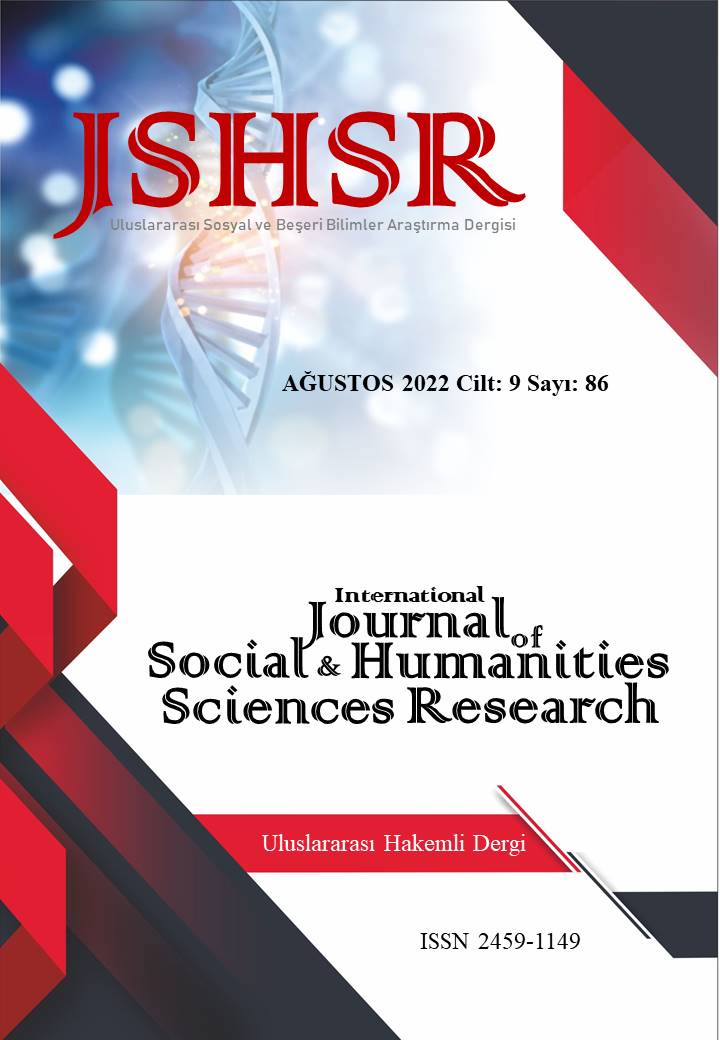TORNADO EVENTS IN TURKEY
DOI:
https://doi.org/10.26450/jshsr.3202Keywords:
Extreme Weather Event, Tornado, Supercell, Risk, TurkeyAbstract
In recent years, together with global climate change, extreme weather and climate events pose a significant risk for all people. More research on extreme weather events is needed to predict the outcome of these risks. Tornadoes are also one of the weather events that occur in a very short time and cause serious loss of life and property. Although the tornado first reminds us of the “Tornado Alley” in the United States, it actually occurs in many parts of the world. There has been a significant increase in their numbers in Turkey in recent years. In our study, tornado data that took place in Turkey between the years 2000-2020 were obtained from the European Severe Weather Database (ESWD), and some analyzes were made after the data were arranged. According to this; Between 2000 and 2020, a total of 520 tornado events took place and they do not show a regular distribution throughout the country. A total of 245 tornado events took place in the Mediterranean Region in this process, and it ranks first among the regions with a rate of 47%. Here, Antalya and its surroundings are the parts where tornadoes are seen most frequently. In addition, the months and seasons of tornadoes vary by region. In the Mediterranean and Aegean regions, in late autumn and winter; Summer and early autumn months in the Marmara and the Black Sea regions; In the inner regions, a tornado generally occurred in late spring and early summer. According to our analysis results, it is very important to take necessary precautions and raise awareness of people, especially in the last 10 years, in terms of reducing the loss of life and property, since the frequency of tornadoes has increased and tended to increase.
Downloads
Published
How to Cite
Issue
Section
License
Copyright (c) 2022 INTERNATIONAL JOURNAL OF SOCIAL HUMANITIES SCIENCES RESEARCH

This work is licensed under a Creative Commons Attribution 4.0 International License.


